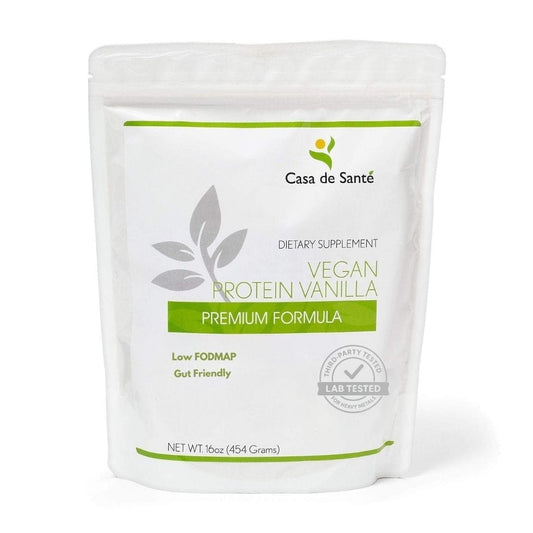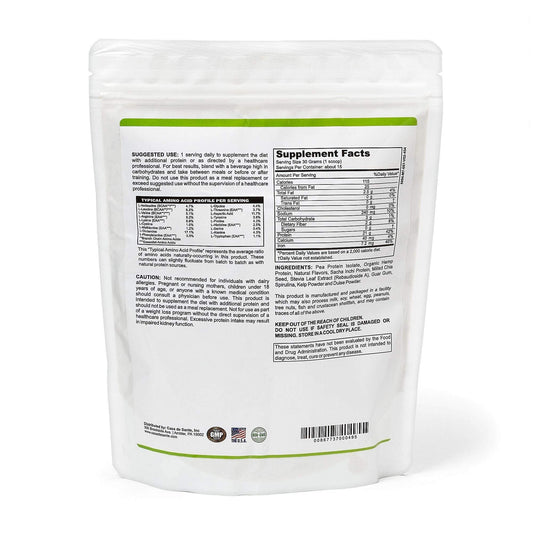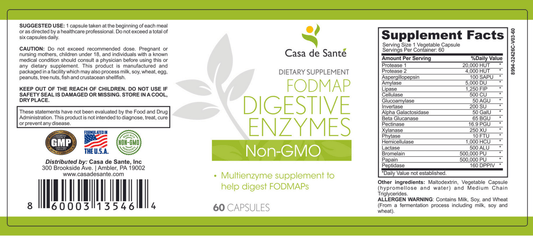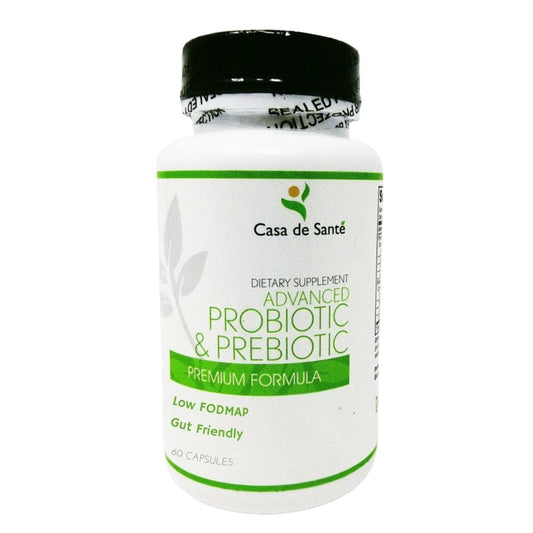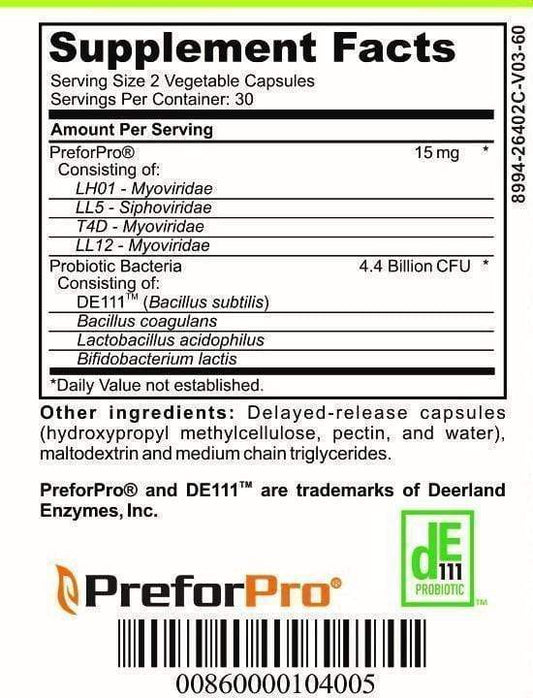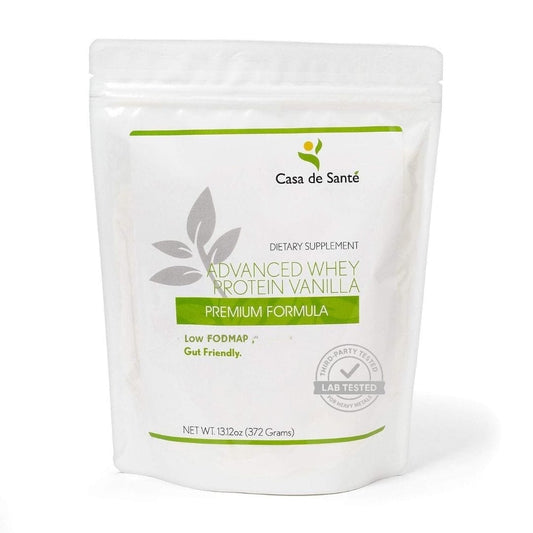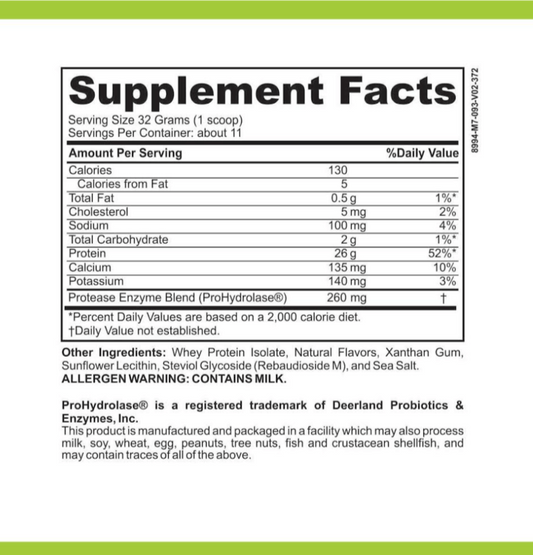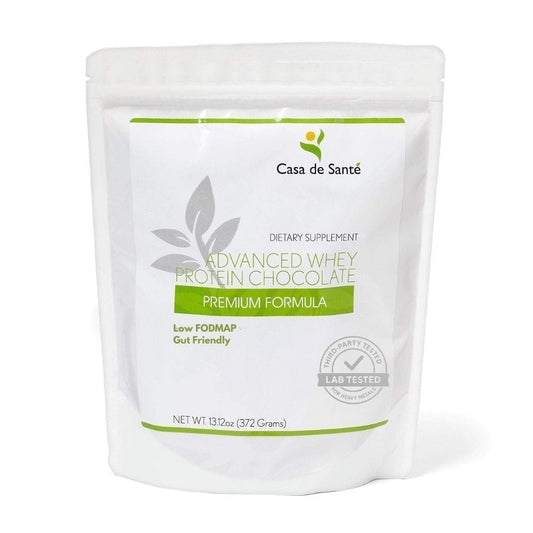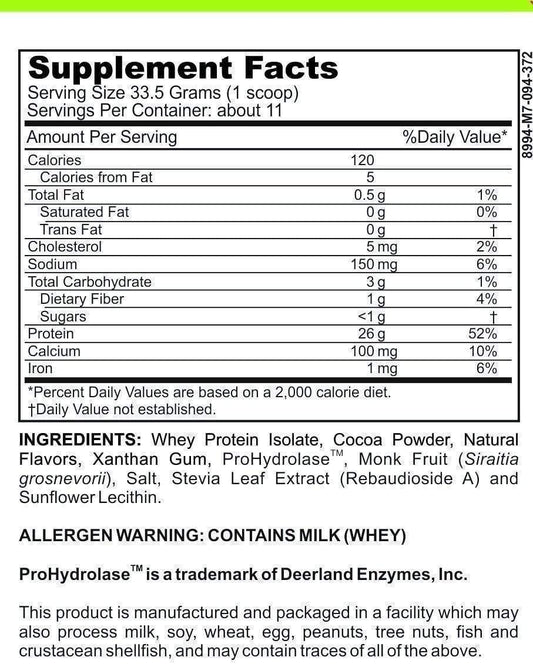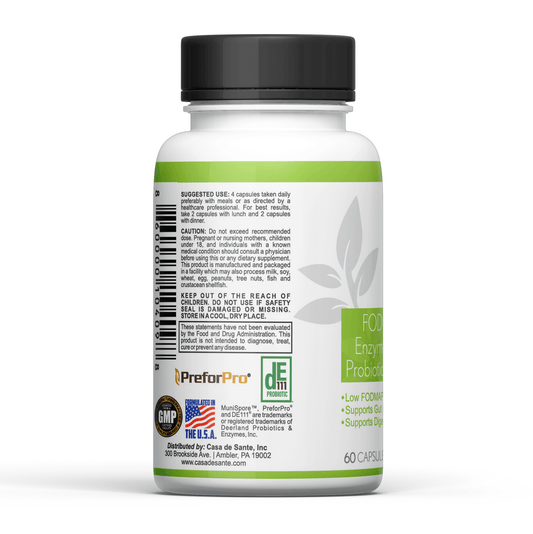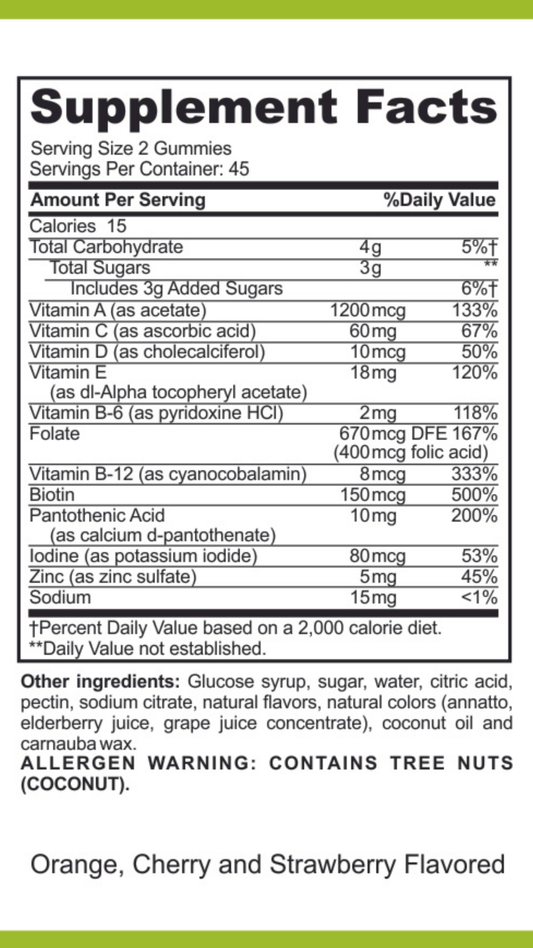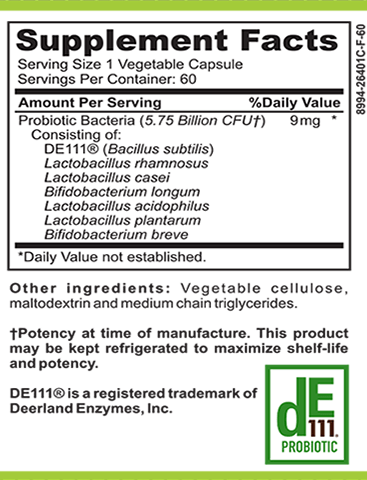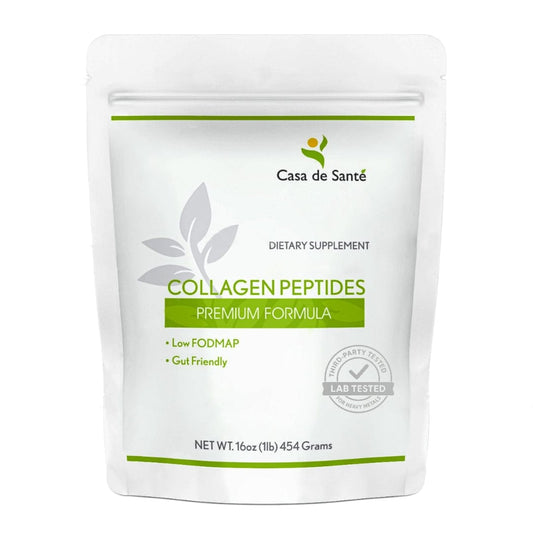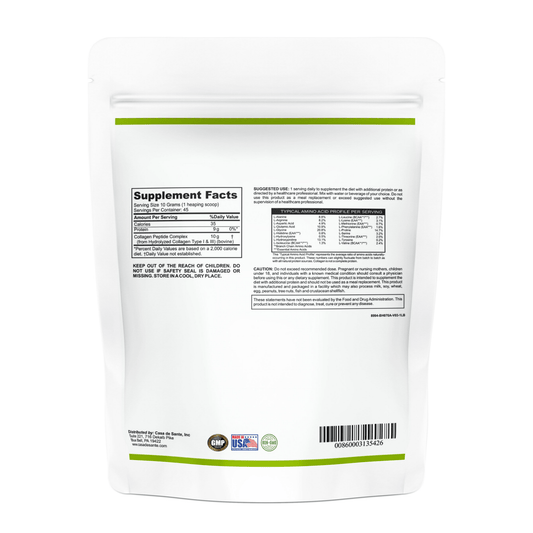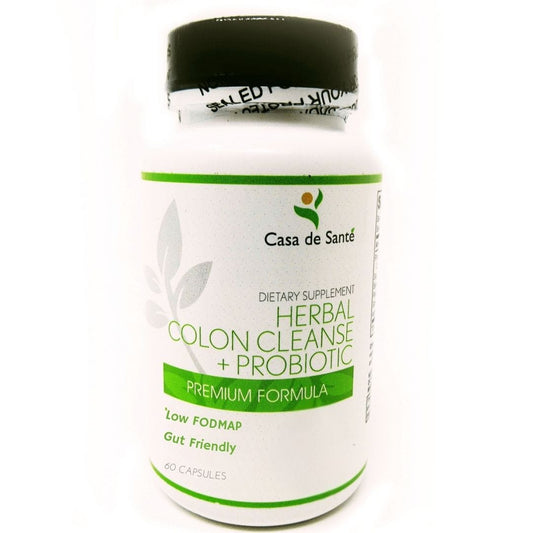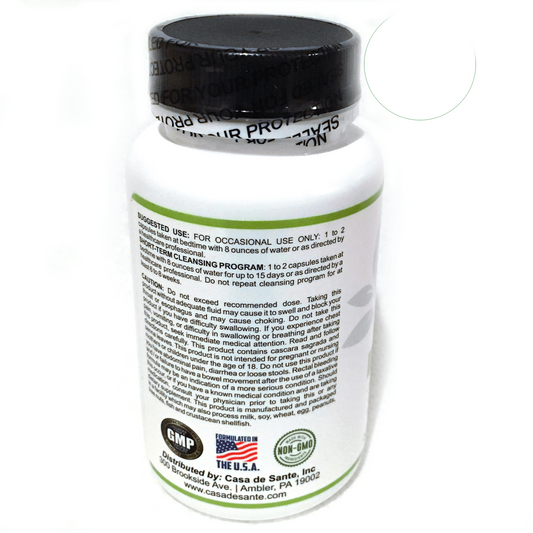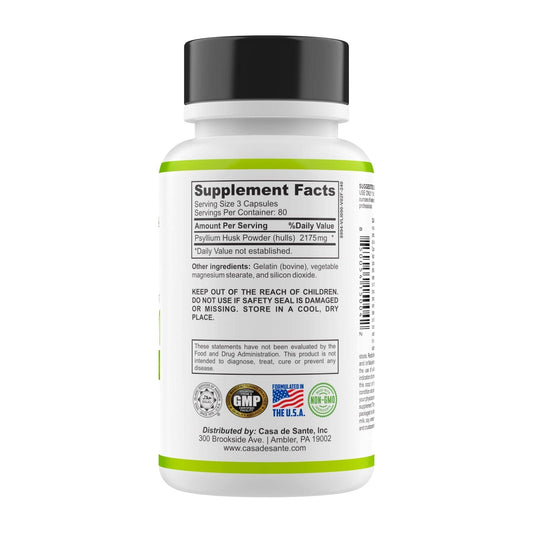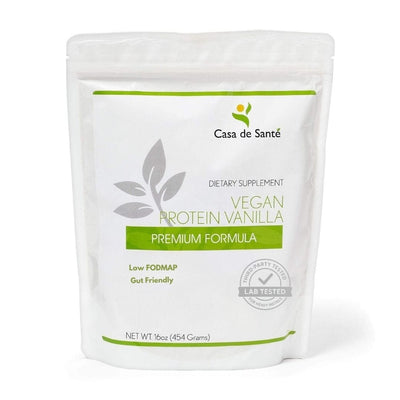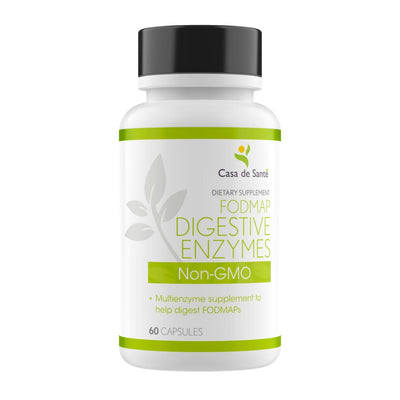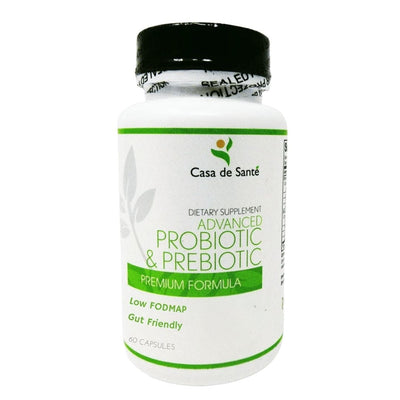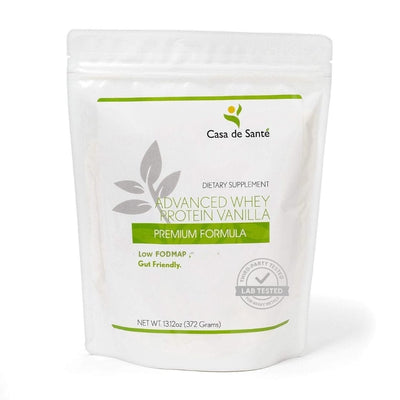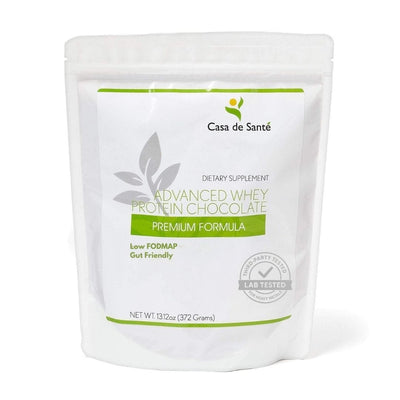Understanding How Do POTS Affect Your Electrolytes: Key Insights for Managing Symptoms
If you or someone you know has Postural Orthostatic Tachycardia Syndrome (POTS), you might be curious about how it impacts electrolyte levels in the body. POTS can lead to various symptoms that are often connected to electrolyte imbalance, making it essential to understand this relationship. This article will explore how POTS affects your electrolytes and provide insights on managing symptoms effectively.
Key Takeaways
- Electrolytes help maintain fluid balance, which is crucial for POTS patients.
- Increasing sodium intake can alleviate symptoms related to low blood volume.
- Proper hydration and electrolyte management can reduce fatigue and dizziness.
- Consulting with healthcare providers is important for determining the right sodium intake.
- Choosing the right electrolyte supplements can enhance symptom management.
Understanding Electrolytes and Fluid Balance
The Role of Electrolytes in the Body
Electrolytes are basically tiny minerals that carry an electrical charge when dissolved in fluids, like blood. Think of them as the communication network for your body. They're super important for a bunch of things, including nerve impulses, muscle contractions, and keeping the right amount of water inside and outside your cells. Key electrolytes include sodium, potassium, magnesium, chloride, and calcium.
- Regulating nerve and muscle function
- Balancing blood acidity and pressure
- Repairing damaged tissue
How Sodium Affects Fluid Retention
Sodium is a big player when it comes to fluid balance. It's like a magnet for water – where sodium goes, water follows. This is why sodium intake directly impacts blood volume. When you eat more sodium, your body holds onto more water, which can increase blood volume. This is why it's often recommended for people with POTS, but it's a balancing act. Too much sodium can be a problem, too. It's all about finding that sweet spot. Some research suggests that people with POTS may have issues with maintaining fluid balance in the body.
Importance of Hydration for POTS Patients
Staying hydrated is a cornerstone of managing POTS symptoms. Dehydration can make symptoms like dizziness, lightheadedness, and fatigue way worse. When you're dehydrated, your blood volume drops, which means your heart has to work harder to pump blood around your body. For POTS patients, who already have issues with blood flow, this can be a real problem.
- Drink water throughout the day, not just when you're thirsty.
- Consider electrolyte-rich drinks, especially during exercise or hot weather.
- Monitor your urine color – pale yellow is a good sign of hydration.
Maintaining adequate hydration is not just about drinking enough water; it's about ensuring your body can effectively use that water. Electrolytes play a vital role in this process, helping to draw water into your cells and maintain proper fluid balance. This is particularly important for individuals with POTS, who may experience difficulties with fluid regulation.
The Connection Between POTS and Electrolyte Imbalance
It's pretty common to wonder why doctors always bring up electrolytes when talking about POTS. I mean, what's the big deal? Well, it turns out there's a pretty direct link between how POTS affects your body and how your electrolytes behave. Let's break it down.
How POTS Affects Blood Volume
Okay, so here's the deal: POTS can mess with your blood volume. Some people with POTS actually have lower blood volume than they should – it's a condition called hypovolemia. Think of it like this: your body is like a water balloon, and POTS can poke a tiny hole in it, slowly letting the water (blood) leak out. This can happen for a few reasons:
- Problems with the system that regulates blood pressure (the renin-angiotensin-aldosterone system – try saying that five times fast!).
- Losing too much fluid, maybe from something like diarrhea.
- Not getting enough fluids and electrolytes in the first place, which can happen if you're constantly feeling nauseous.
Symptoms of Electrolyte Imbalance
When your electrolytes are out of whack, you might notice a bunch of different symptoms. It's not always obvious, but here are some things to watch out for:
- Dizziness
- Nausea
- Lightheadedness
- Fainting
- Rapid heartbeat or breathing
- Thirst
- Fatigue
- Weakness
- Low blood pressure
It's important to remember that these symptoms can also be caused by other things, so it's always a good idea to talk to your doctor if you're concerned. They can run tests to check your electrolyte levels and figure out what's going on.
The Impact of Dehydration on POTS
Dehydration can really throw a wrench into things when you have POTS. Think of your blood vessels as roads, and your blood as cars. If you're dehydrated, there's less fluid in your blood, so there are fewer "cars" on the road. This makes it harder for your body to get blood where it needs to go, especially when you stand up. This is why proper hydration is so important for managing POTS symptoms. It's like making sure there are enough "cars" on the road to keep everything running smoothly.
Benefits of Electrolytes for POTS Management

Electrolytes are pretty important when you're dealing with POTS. They can really make a difference in how you feel day to day. Let's get into how they help.
Improving Blood Pressure Regulation
Electrolytes, especially sodium, play a big role in keeping your blood volume up. For many POTS patients, low blood volume is a major issue, and that's where electrolytes come in. When you have enough sodium, your body holds onto more water, which increases blood volume and helps stabilize blood pressure. Think of it like this: electrolytes are like the gatekeepers of water in your body. If you're struggling with blood pressure, consider adding some electrolyte drink to your daily routine.
Reducing Fatigue and Weakness
Feeling tired all the time? Yeah, that's a classic POTS symptom. Electrolyte imbalances can make fatigue and weakness even worse. Electrolytes are involved in muscle function and energy production. When you're low on electrolytes, your muscles don't work as well, and you feel drained. Keeping your electrolyte levels balanced can give you a noticeable energy boost. Here's a few things that can help:
- Consistent electrolyte intake
- Monitoring electrolyte levels
- Adjusting intake based on activity level
Enhancing Cognitive Function
Brain fog is another common complaint among POTS patients. It's like your brain is wading through mud. Dehydration and electrolyte imbalances can mess with your cognitive function, making it hard to concentrate or remember things. Electrolytes help maintain proper nerve function, which is essential for clear thinking. Staying hydrated and keeping your electrolytes in check can help clear the fog and improve your focus.
Making sure you get enough electrolytes is a simple change that can have a big impact on your overall well-being when you have POTS. It's not a cure-all, but it can definitely help manage some of the most annoying symptoms.
Recommended Sodium Intake for POTS Patients
For those grappling with POTS, figuring out the right amount of sodium can feel like walking a tightrope. Too little, and symptoms persist; too much, and new problems might surface. It's a balancing act, and what works for one person might not work for another. Let's break down some key considerations.
Daily Sodium Guidelines
Generally, POTS patients are often advised to aim for a significantly higher sodium intake than the average person. This is because sodium helps increase blood volume, which can combat the lightheadedness and dizziness associated with POTS. The typical recommendation falls somewhere between 3,000 to 10,000 mg of sodium per day. That's a pretty wide range, and it's not a one-size-fits-all prescription. Factors like your activity level, climate, and other health conditions all play a role. It's also important to remember that salt isn't pure sodium; it's about 40% sodium. So, you'll need to adjust your salt intake accordingly to reach your target sodium level. Consider using salt supplements designed for POTS patients to help you reach your goals.
Signs of Sodium Deficiency
Knowing the signs of low sodium (hyponatremia) is just as important as knowing your target intake. Symptoms can include:
- Headaches
- Nausea and vomiting
- Muscle cramps or weakness
- Confusion or disorientation
- Seizures (in severe cases)
If you start experiencing these symptoms, it's a good idea to check in with your doctor. They can run tests to determine if your sodium levels are indeed low and adjust your treatment plan as needed.
Consulting with Healthcare Providers
The most important thing to remember is that you shouldn't try to manage your sodium intake in isolation. Working closely with your doctor or a registered dietitian is crucial. They can help you determine the right sodium target for your specific needs, monitor your progress, and make adjustments as needed. They can also help you identify potential sources of sodium in your diet and recommend strategies for increasing your intake safely and effectively.
It's also a good idea to keep a food diary to track your sodium intake and any symptoms you experience. This can help you and your healthcare provider identify patterns and make informed decisions about your treatment plan.
Choosing the Right Electrolyte Supplements

Okay, so you're trying to figure out the best electrolyte supplements for managing your POTS symptoms? It can feel overwhelming with all the options out there. Let's break it down so you can make a smart choice.
Types of Electrolyte Supplements
You've basically got a few different forms to pick from: powders, tablets, capsules, and liquids. Powders are great because you can mix them into water and adjust the concentration to your liking. Tablets and capsules are super convenient for on-the-go situations – just pop one and you're done. Liquids can be quickly absorbed, which is nice if you need a fast boost. Think about what fits your lifestyle best. For example, Vitassium Electrolyte Capsules are easy to take and carry around.
What to Look for in a Supplement
First off, check the sodium content. POTS patients often need a higher sodium intake, so aim for supplements that give you a decent dose per serving – at least 500mg is a good starting point. Also, look at the other electrolytes like potassium and magnesium; they play a big role in fluid balance too. Watch out for added sugars; some supplements load up on sugar for taste, but that's not always the best thing, especially if you're watching your sugar intake. Read the labels carefully and consider your individual needs.
It's also worth thinking about whether you want added flavors, sweeteners, or other additives. Some people are sensitive to artificial ingredients, so a simpler formula might be better. Consider supplements with no sugar, sweeteners or flavors.
Popular Brands for POTS Patients
There are a few brands that come up a lot in the POTS community. LMNT is popular because it has a high sodium content and no added sugar. Liquid I.V. is another one; it has less sodium than LMNT but includes sugar, which can help with hydration if you're really dehydrated. Buoy is another option that many dietitians recommend. Ultimately, the best brand depends on your personal preferences and how your body responds. It might take some experimenting to find what works best for you. Consider the dietitian's recommended use for each brand. For example, Buoy suggests using their product 3-5 times daily to get enough electrolytes. Also, consider the amount of electrolytes in each serving. Some brands, like Buoy, offer more electrolytes than other brands.
Here's a quick comparison table:
| Brand | Sodium (per serving) | Sugar (per serving) | Other Notes |
|---|---|---|---|
| LMNT | 1000mg | 0g | High sodium, no sugar |
| Liquid I.V. | 500mg | 11g+ | Contains sugar, good for dehydration |
| Buoy | Varies | 0g | No sugar, sweeteners, or flavors |
Managing Symptoms Through Diet and Hydration
Incorporating High-Sodium Foods
When you're dealing with POTS, getting enough sodium is super important. It helps your body hold onto water, which can boost your blood volume and ease symptoms. But let's be real, chugging salt water all day isn't exactly appealing. That's where high-sodium foods come in. Think about adding things like pickles, olives, and broth to your diet. These aren't just tasty; they're also a convenient way to up your sodium intake without feeling like you're downing spoonfuls of salt. Just remember to check the labels, because sodium content can vary a lot between brands. Finding the right balance is key, and it might take some experimenting to figure out what works best for you. It's all about making small, sustainable changes that you can stick with over time. For example, you could try adding a salty snack to your afternoon routine or swapping out regular soup for a broth-based option. Every little bit helps!
Hydration Strategies for POTS
Staying hydrated is a cornerstone of managing POTS symptoms. It's not just about drinking water; it's about how you hydrate. Sipping fluids consistently throughout the day is way more effective than chugging a bunch all at once. Aim for around 2-2.5 liters of fluids daily, but remember that this is just a general guideline. Your individual needs might be different, especially depending on your activity level and the climate you live in. Don't forget that fluids aren't limited to water alone. Sports drinks, herbal teas, and even some fruits and vegetables can contribute to your daily fluid intake. The goal is to find a hydration strategy that fits seamlessly into your lifestyle.
Consider setting reminders on your phone to drink water regularly, or keep a water bottle with you at all times. Experiment with different types of fluids to find what you enjoy and are more likely to drink consistently. And pay attention to your body's signals – thirst is a sign that you're already dehydrated, so try to stay ahead of the game.
Here's a simple hydration schedule you could adapt:
- Upon waking: 16 oz of water with electrolytes
- Mid-morning: 8 oz of herbal tea
- Lunch: 12 oz of water with a meal
- Afternoon: 16 oz of sports drink
- Dinner: 12 oz of water with a meal
- Before bed: 8 oz of water
Monitoring Symptoms and Adjusting Intake
Keeping tabs on your symptoms is crucial for figuring out the right balance of sodium and fluids. It's not a one-size-fits-all thing; what works for one person might not work for another. Start by tracking your symptoms daily – things like dizziness, fatigue, and heart rate. Note what you're eating and drinking, and how you feel afterward. This will help you identify patterns and see how your body responds to different levels of sodium and hydration. If you notice that your symptoms are getting worse, it might be a sign that you need to adjust your intake. Maybe you need more sodium, or maybe you're overdoing it. It's all about finding that sweet spot. Don't be afraid to experiment, but do it gradually and always listen to your body. And of course, it's always a good idea to increase fluid intake and consult with your healthcare provider or a registered dietitian. They can help you create a personalized plan that's tailored to your specific needs and health conditions.
Potential Risks of Excessive Salt Intake
While increasing salt intake is often recommended for managing POTS, it's important to be aware of the potential downsides. Too much salt can lead to various health issues, so moderation and careful monitoring are key.
Understanding Salt Sensitivity
Some individuals are more sensitive to salt than others. This means that even a moderate increase in sodium intake can cause a significant rise in blood pressure. Salt sensitivity can be influenced by factors like age, genetics, and underlying health conditions. If you have a history of hypertension or kidney problems, it's especially important to be cautious about increasing your sodium intake. Monitoring your blood pressure regularly is a good idea to see how your body responds to changes in your salt consumption. If you are looking for salt supplements designed for POTS patients, make sure to consult with your doctor first.
Balancing Sodium with Other Nutrients
Focusing solely on sodium intake can sometimes lead to neglecting other important nutrients. It's crucial to maintain a balanced diet that includes adequate amounts of potassium, magnesium, and calcium. These electrolytes work together to regulate fluid balance and blood pressure. A diet high in processed foods, which are often loaded with sodium, can be deficient in these other essential nutrients. Consider incorporating more fresh fruits, vegetables, and whole grains into your diet to ensure you're getting a well-rounded nutritional profile. Remember to stay hydrated by drinking at least 2 to 3 liters of water daily.
Consulting with a Dietitian
Navigating the complexities of sodium intake and its impact on POTS symptoms can be challenging. A registered dietitian can provide personalized guidance based on your individual needs and health status. They can help you develop a meal plan that incorporates adequate sodium while also ensuring you're getting a balanced intake of other essential nutrients. They can also help you identify potential sources of hidden sodium in your diet and provide strategies for making healthier food choices. A dietitian can also help you understand POTS Diet and Nutrition Guide and how it can help you manage your symptoms.
It's important to remember that everyone's body responds differently to changes in sodium intake. What works for one person with POTS may not work for another. Working closely with your healthcare team, including a doctor and a dietitian, is essential for finding the right balance and minimizing potential risks.
Wrapping It Up
In summary, managing electrolytes is key for those dealing with POTS. Getting the right balance can really help with hydration, blood pressure, and even that annoying brain fog. It’s not just about drinking water; it’s about making sure you have enough sodium and other electrolytes in your system. If you’re feeling overwhelmed, don’t hesitate to reach out to a healthcare professional who can guide you on what works best for you. Remember, everyone’s body is different, so what helps one person might not work for another. Stay informed, listen to your body, and take control of your health!
Frequently Asked Questions
What are electrolytes and why are they important?
Electrolytes are minerals in your body like sodium, potassium, and magnesium. They help keep your body working properly, especially in balancing fluids, sending nerve signals, and making muscles contract.
How does POTS affect blood volume?
People with POTS often have low blood volume, which can lead to symptoms like dizziness and fatigue. This happens because their bodies struggle to manage fluids properly.
What symptoms indicate an electrolyte imbalance?
Signs of an electrolyte imbalance can include muscle cramps, weakness, fatigue, and confusion. If you notice these symptoms, it might be a sign that your electrolytes are not in the right balance.
How can I increase my sodium intake safely?
You can increase your sodium intake by eating foods like salty snacks, adding salt to meals, or using electrolyte supplements. Always talk to your doctor before making big changes to your diet.
What are some good hydration tips for POTS patients?
POTS patients should drink plenty of fluids, aiming for 2-2.5 liters a day. Drinking sports drinks or adding salt to water can also help with hydration.
Are there risks associated with too much salt intake?
Yes, consuming too much salt can lead to high blood pressure and other health issues. It's important to find the right balance and consult with a healthcare provider.

